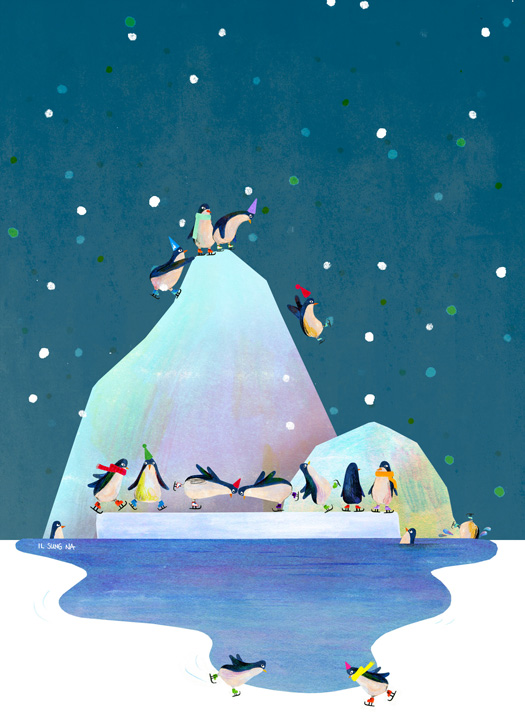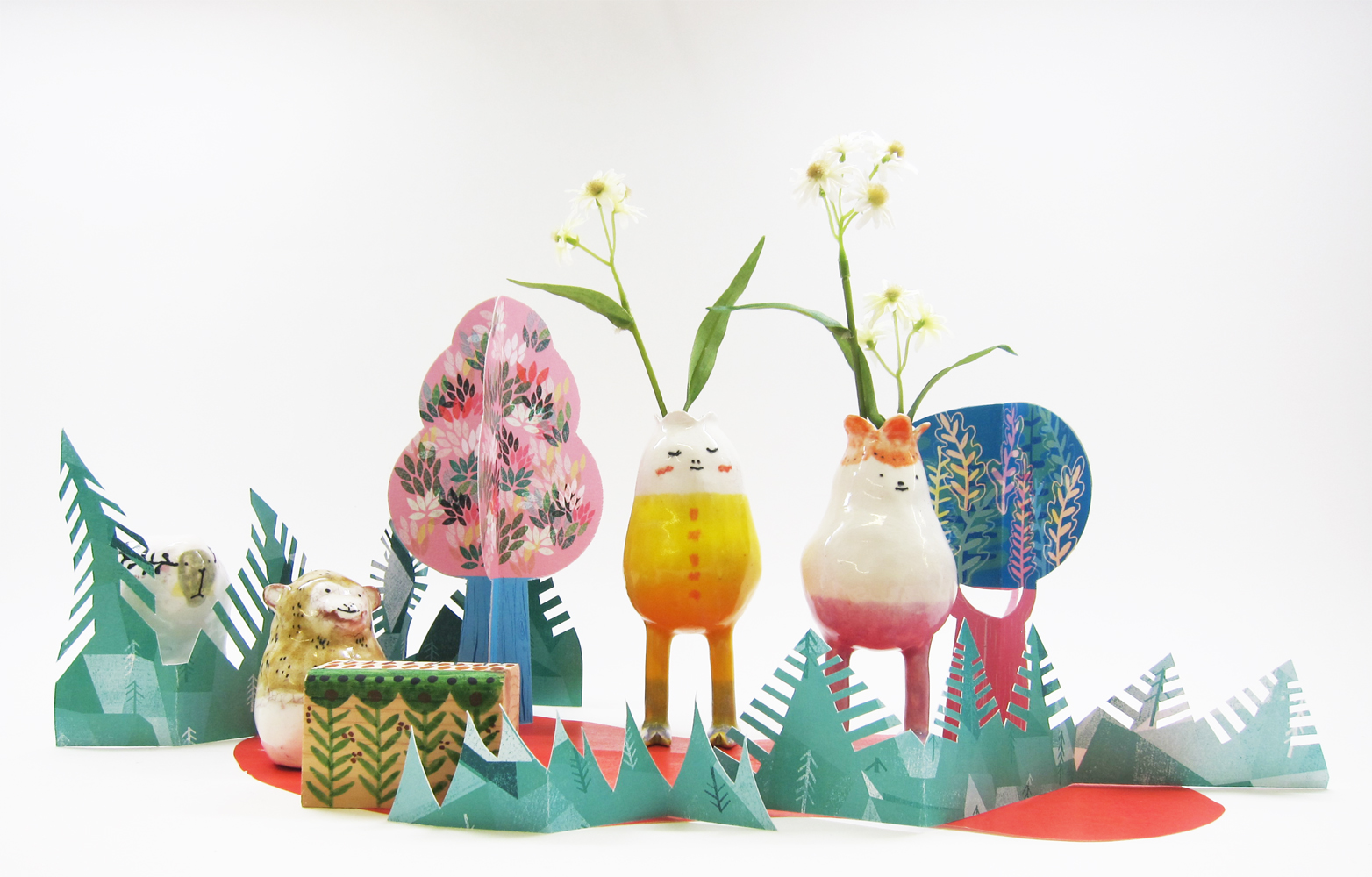This spring, four of our full time faculty received word that they had work selected to appear in the American Illustration 40th anniversary book. From over 7,000 entries from 1,342 artists, art directors, publishers, agencies and schools, the jury selected 425 images by a majority vote or better to appear in the book and represent the best illustrations from 2020. The American Illustration 40 winning collection, with 285 of the industry's best illustrators, will be presented in print, online and, with a little luck, in person this November in New York City, where American Illustration-American Photography is based. Congratulations to the following faculty!
Maura Cluthe, Associate Professor/Associate Chair
John Ferry, Professor
Il Sung Na, Assistant Professor (Il Sung Na had 2 pieces selected!)
David Terrill, Associate Professor
Maura Cluthe • Pattern Play 01
John Ferry • Detroit 3
Il Sung Na • spread from My Tree
Il Sung Na • spread from My Tree
David Terrill • Beasts of the Field



















